.webp)
Cracker Barrel
When Cracker Barrel ditched Uncle Herschel from its logo this August, the internet lost its mind. Stock prices crashed. Politicians weighed in. Social media exploded with #NotMyCrackerBarrel hashtags. All over a cartoon figure, most people couldn't name until he disappeared.
The drama reveals something deeper about American culture wars. This is how a pancake chain accidentally stepped into a minefield.
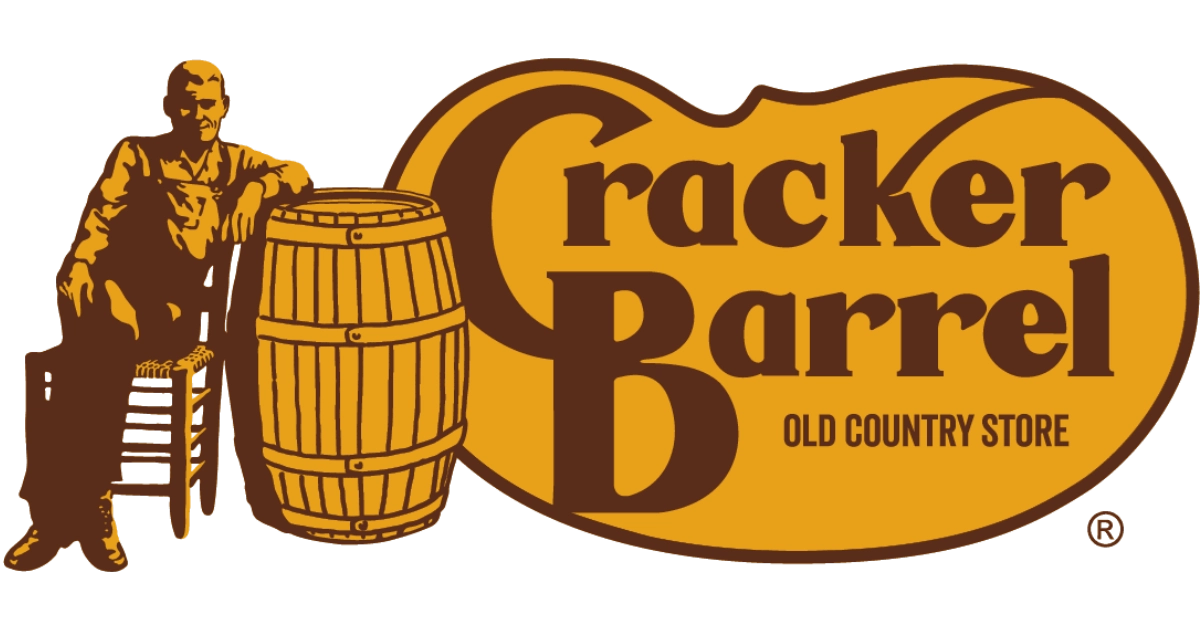
Uncle Herschel wasn't even real. Nashville designer Bill Holley sketched him on a napkin in 1977, aiming to "create a feeling of nostalgia with an old-timer wearing overalls." No relation to founder Dan Evins, despite persistent rumors about the founder's actual uncle, Herschel McCartney.
The original 1969 Cracker Barrel logo was just text. Yellow letters on a brown background. Simple. Forgettable. When the chain expanded to 13 locations in 1977, they added the now-famous figure: a man in overalls, legs crossed, leaning on a wooden barrel.
That image stuck for nearly five decades. Minor updates in 2006 and 2015 sharpened the lines and tweaked the fonts, but Uncle Herschel remained the face of highway comfort food.
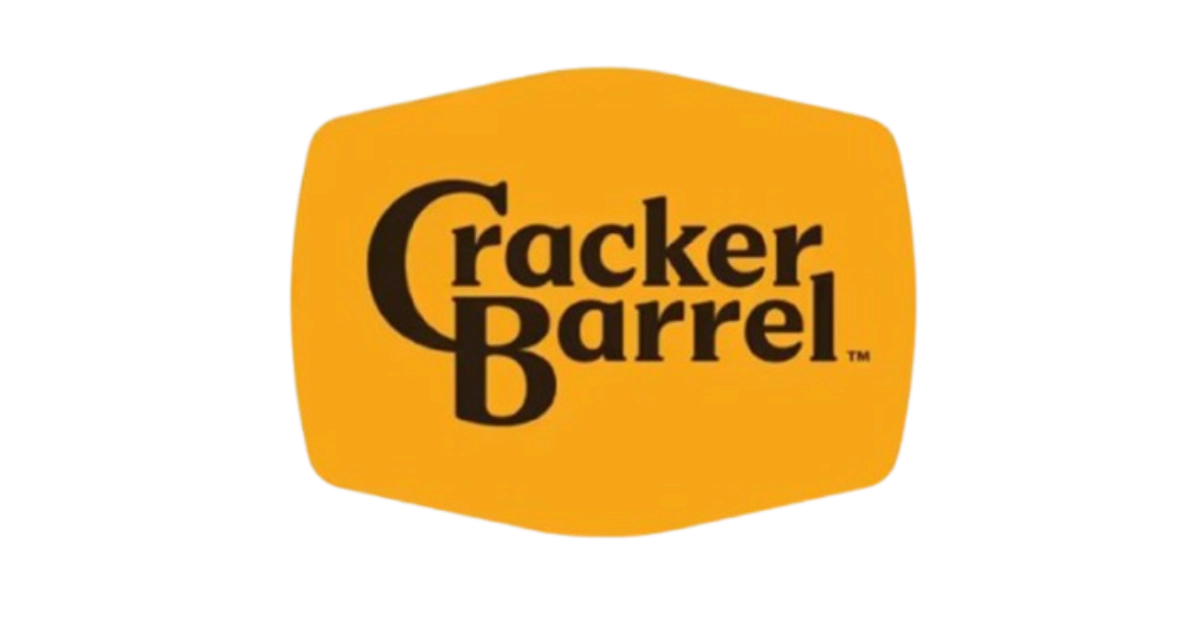
This year's redesign went nuclear. Text only, gold background, no barrel, no man. Part of Cracker Barrel's "All the More" campaign targeting younger customers who order through apps rather than stopping on road trips.
The market responded brutally. Shares dropped 7.2% in one day, erasing $94 million in value. Google searches for "Cracker Barrel new logo" jumped 5,000%.
But the financial hit was nothing compared to the cultural firestorm.
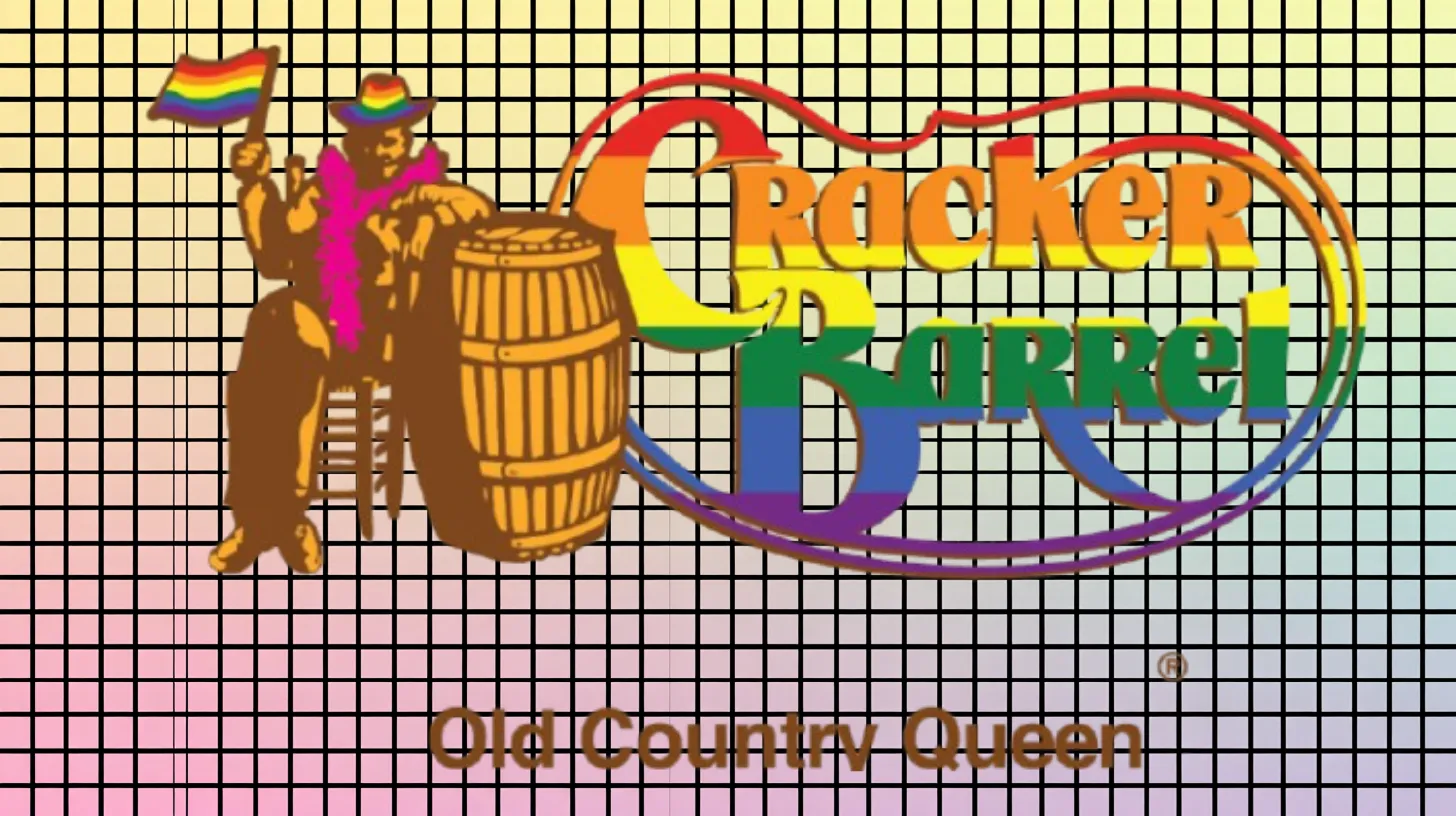
Florida Representative Byron Donalds declared, "No one asked for this woke rebrand. It's time to Make Cracker Barrel Great Again." Donald Trump Jr. posted "WTF is wrong with @CrackerBarrel??!" Conservative commentator Benny Johnson called it "absolutely horrible."
The accusations made little sense. But they stuck. The company has been struggling for years to attract anyone beyond baby boomers desperate for highway bathrooms.
MSNBC's Jonathan Capehart fired back, calling critics "snowflakes" getting "bent out of shape" over corporate rebranding. The logo became another front in America's endless culture wars.
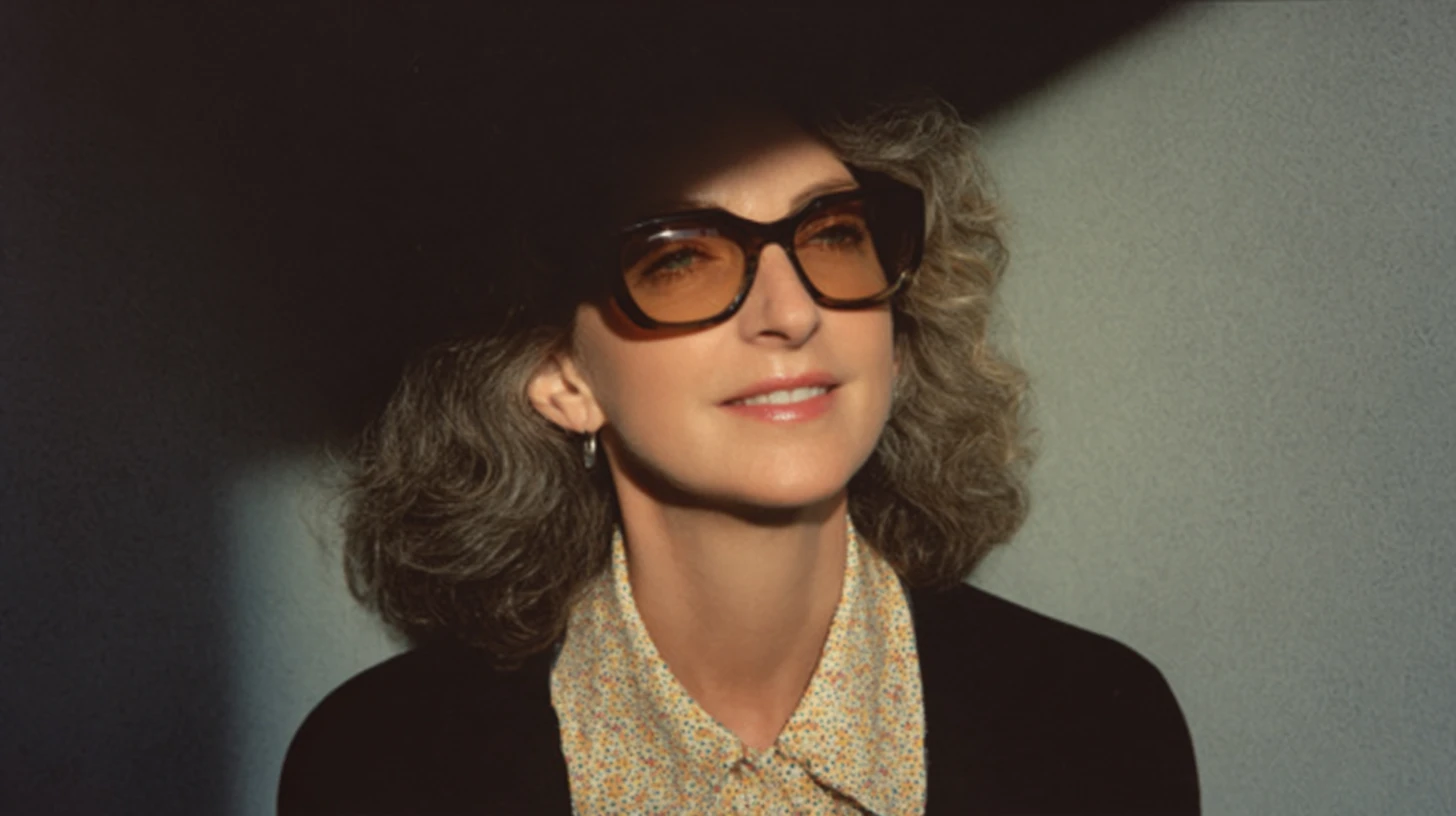
Behind the outrage lies a simpler truth. Cracker Barrel stock crashed from $175 in April 2021 to $57 before the logo drama – a two-thirds plunge. The chain faces the same pressures killing competitors like Red Lobster and TGI Friday's: changing tastes, delivery apps, and generational shifts.
Cracker Barrel CEO Julie Felss Masino insists feedback has been "overwhelmingly positive," but the numbers tell a different story. Revenue barely budged in 2024 – up just 0.8% to $3.5 billion – while net income fell from $99 million to $41 million.
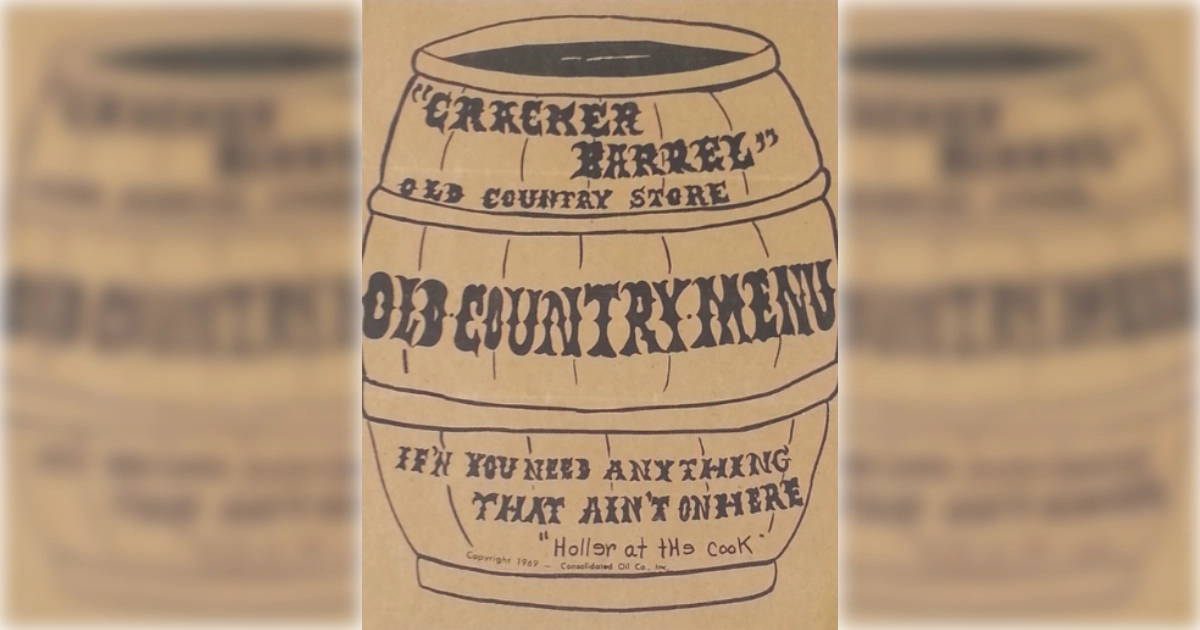
The company promises Uncle Herschel "remains front and center in our restaurants and on our menu," but the damage may be done. For millions of Americans, that overalls-wearing figure represented something beyond food – a connection to simpler times, family road trips, rural values.
Erik Russell, a former Cracker Barrel employee turned brand designer, called the change "one of the cardinal branding sins." He worked there for nearly a decade, from high school through college. To him, the logo represented core values, not just marketing.